
Years of research indicates joint-related problems are the main reason for performance loss in horses. It is estimated that 60% of equine lameness is caused by degenerative joint disease, which includes osteoarthritis (OA)--the imbalance between cartilage synthesis and degradation. Cartilage covers the ends of bones in synovial joints, which is just a joint that allows for movement—the ones we typically think about, like our elbow or knee, or your horse’s carpus or hock. Cartilage is composed of chondrocytes, the basic building block cells, and an extracellular matrix. Chondrocytes are responsible for regulating cartilage synthesis. The extracellular matrix (ECM) has two main components: type II collagen, which you can think of as the road system, and a proteoglycan network, which you can think of as buildings and houses. The chondrocytes are always working, but the interesting thing about cartilage is that it is avascular, meaning there is not a lot of blood or nutrient flow. In other words, cartilage is like a small mountain town--resources coming in and going out are limited--therefore, the chondrocytes can only do so much at a time.
Collagen roduction is often thought of as a “once-in-a-lifetime” process, and while repair and turnover are possible, it does not happen quickly.
Collagen turnover is actually estimated to take 120 years in dogs and 350 years in human while the proteoglycan network is thought to be completely replaced after 300-1800 days. The most well-known type of proteoglycan in cartilage is chondroitin-sulfate, but there are also others, like keratin sulfate. In between the bones in the joint, in direct contact with cartilage, is synovial (or, joint) fluid. This acts as a shock absorber and lubrication, but also as the main communication mechanism between all the joint structures. It is the medium through which nutrients can be delivered to and waste removed from cartilage. Synovial fluid acts as the vehicles in our city, everyone and everything enters and exits through it. Particularly in the joint, adequate stress stimulates healthy turnover and remodeling. Just like your muscles need some stress to grow stronger, the same goes for the structures in your joint, like cartilage.


At some level, all of our performance horses’ joints are under stress. This goes for any horse in training, even our trusty lesson horses. This is part of the reason why having a training plan or exercise schedule is so important. You want your horse’s joints to not only grow stronger, but to also maintain their joint integrity. You want to put the correct amount of stress on the joint, without overdoing it or progressing too quickly.
Final Thoughts:
Keep your horse at their best with a consistent training and nutrition plan, regular vet check ups and add a complete joint supplement to top it all off. Their joints will thank you for it!



















